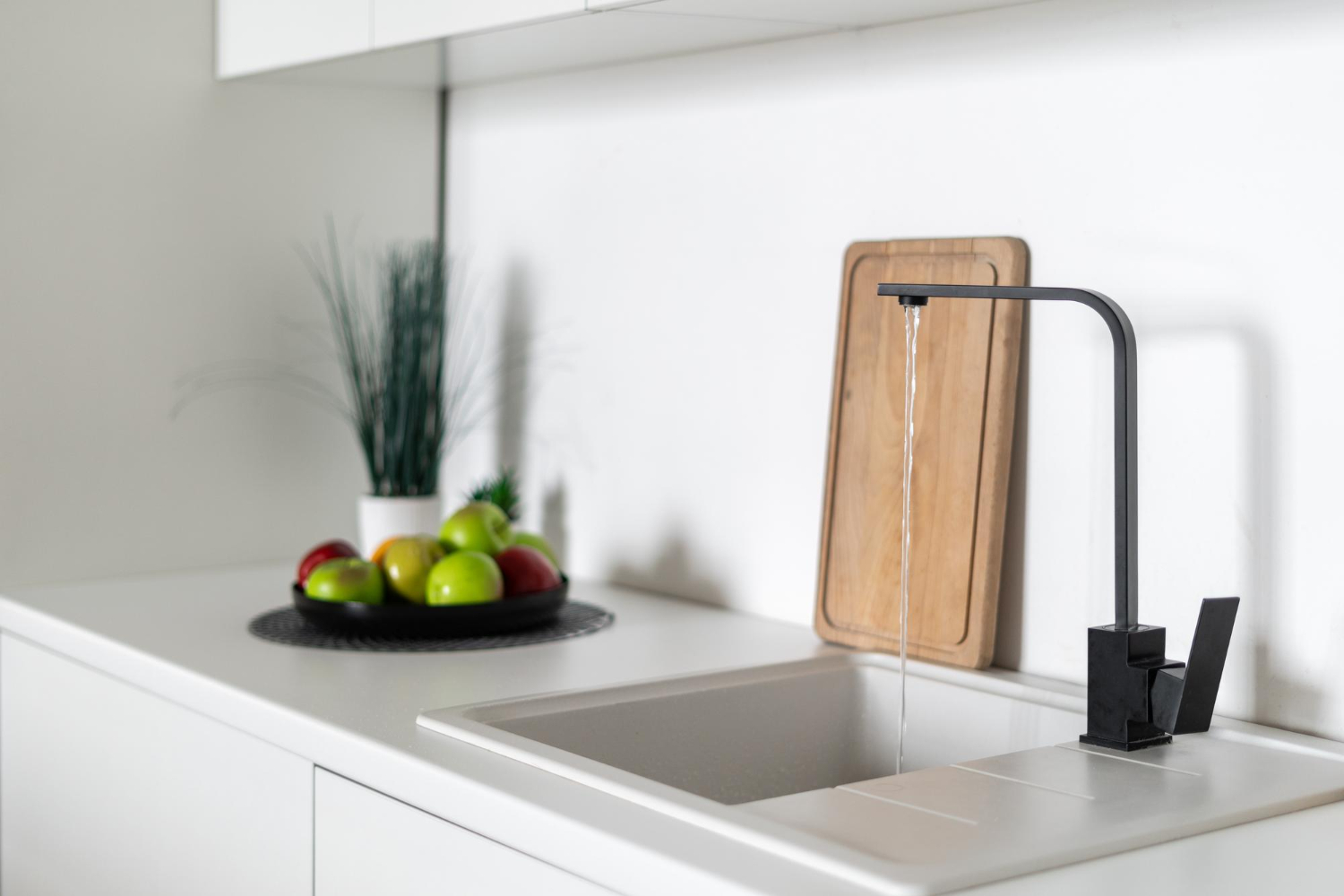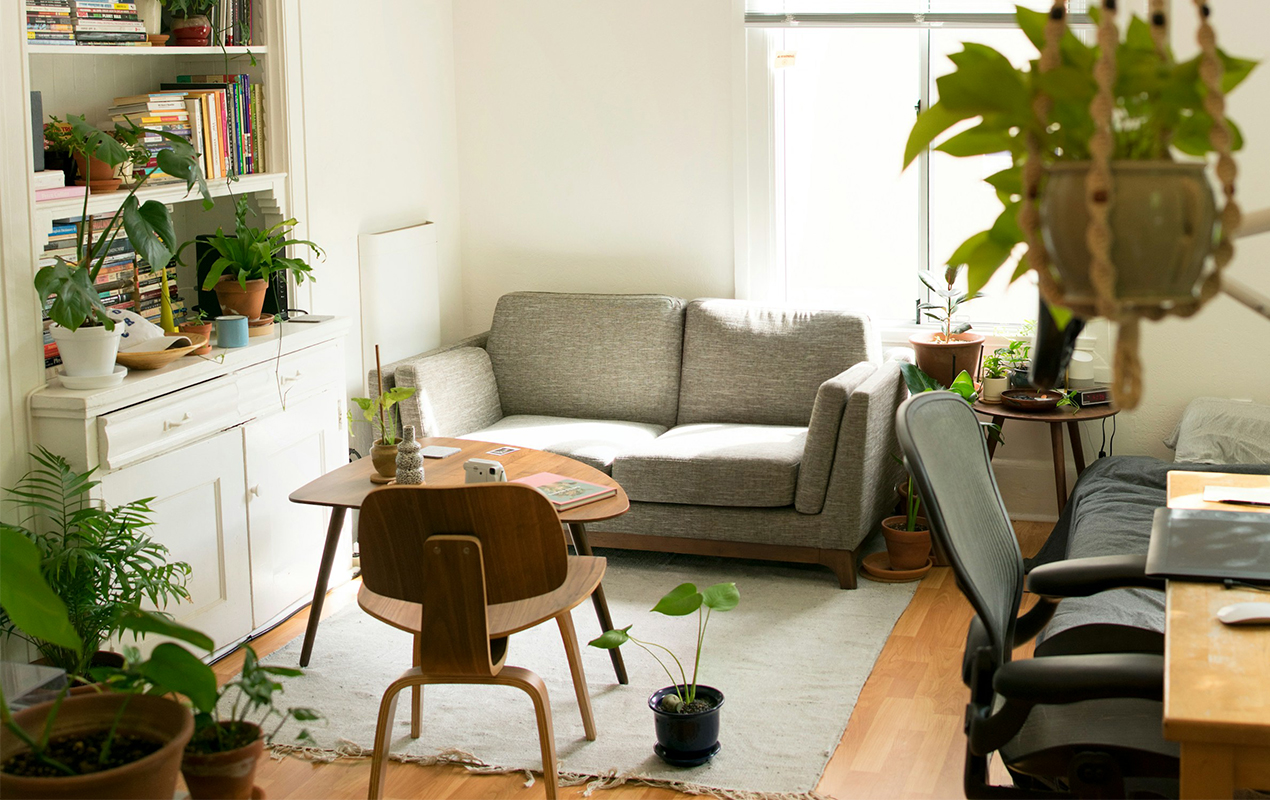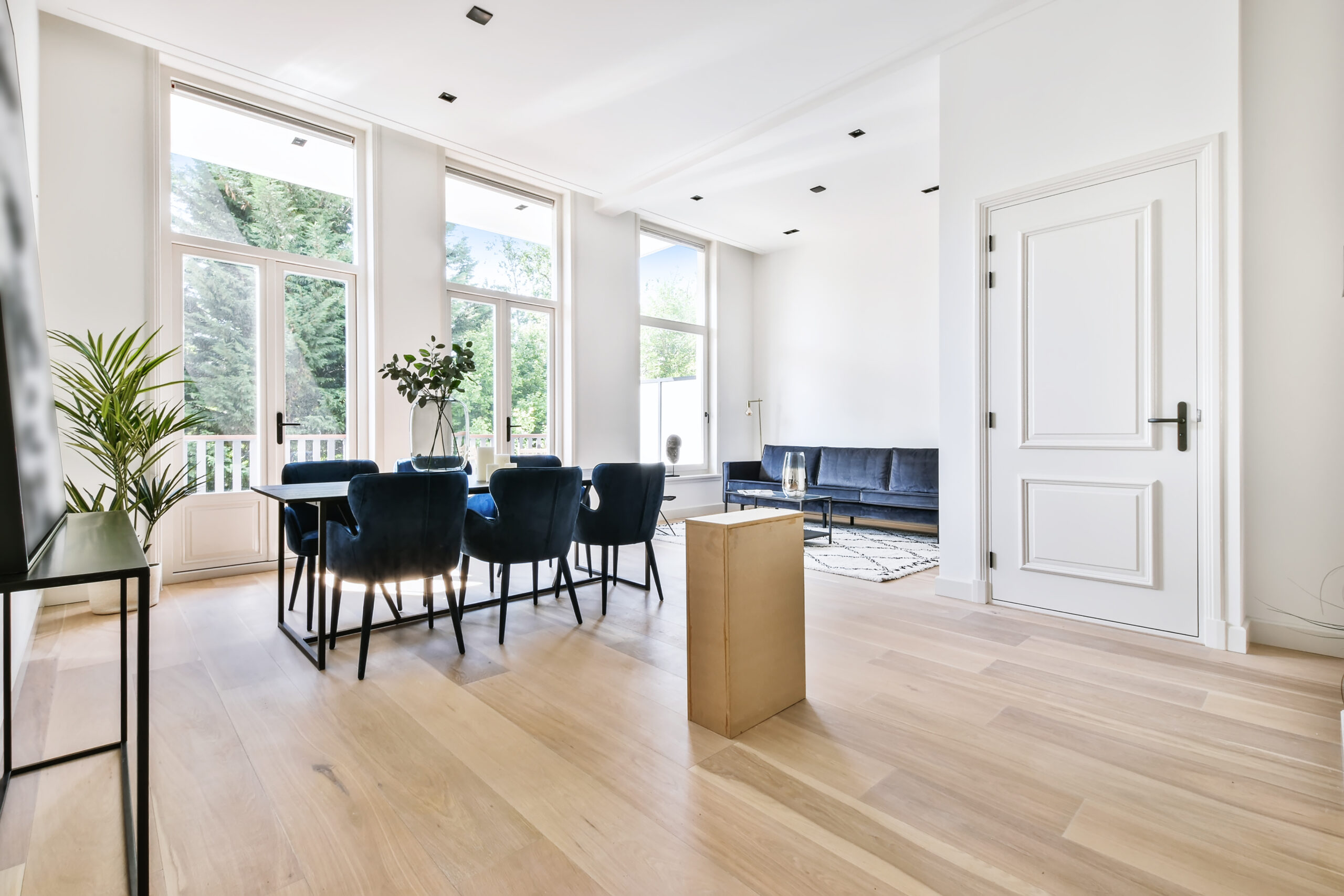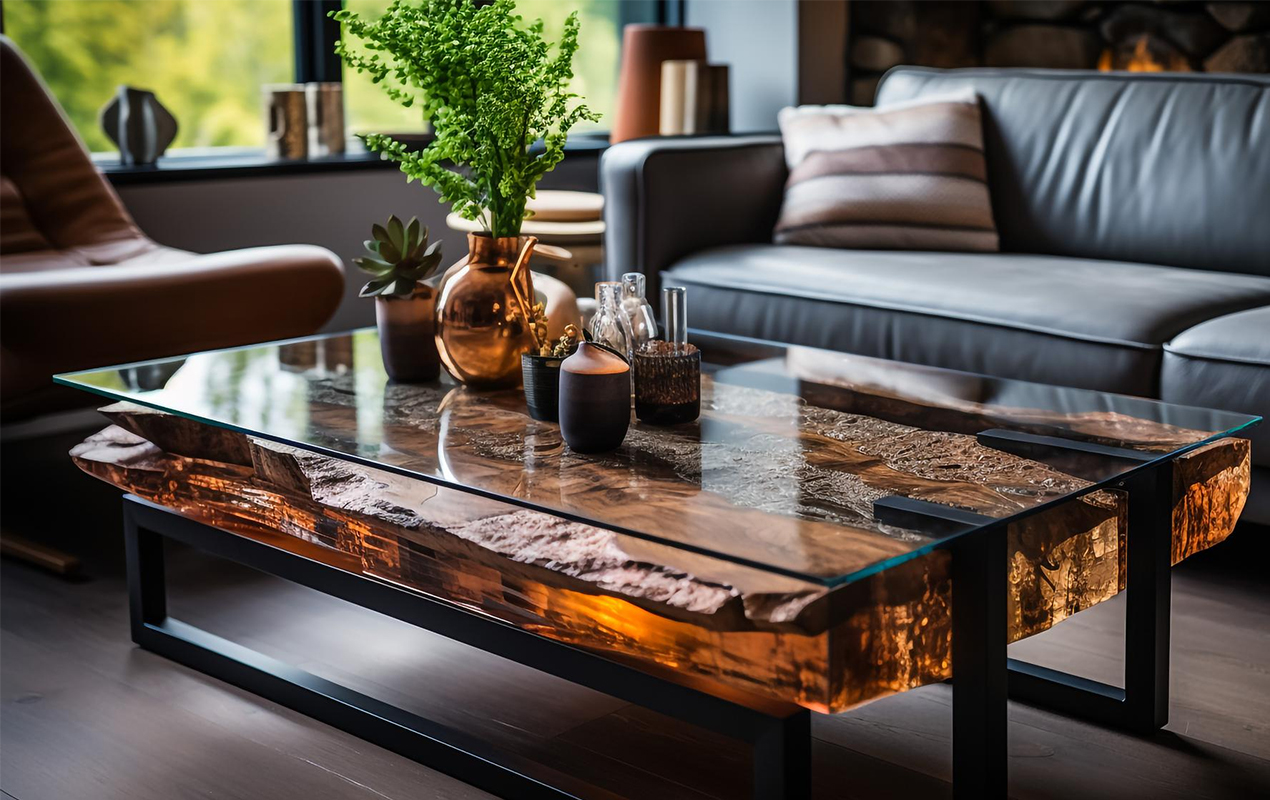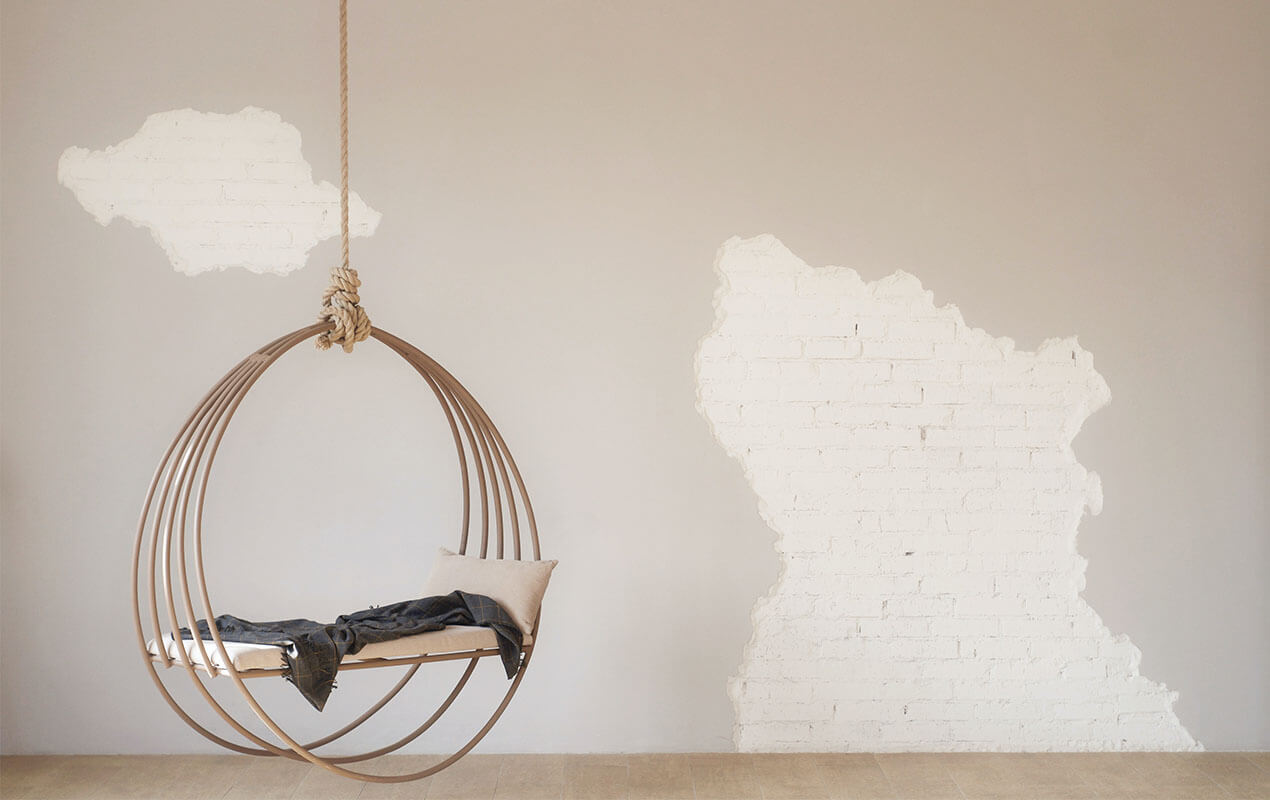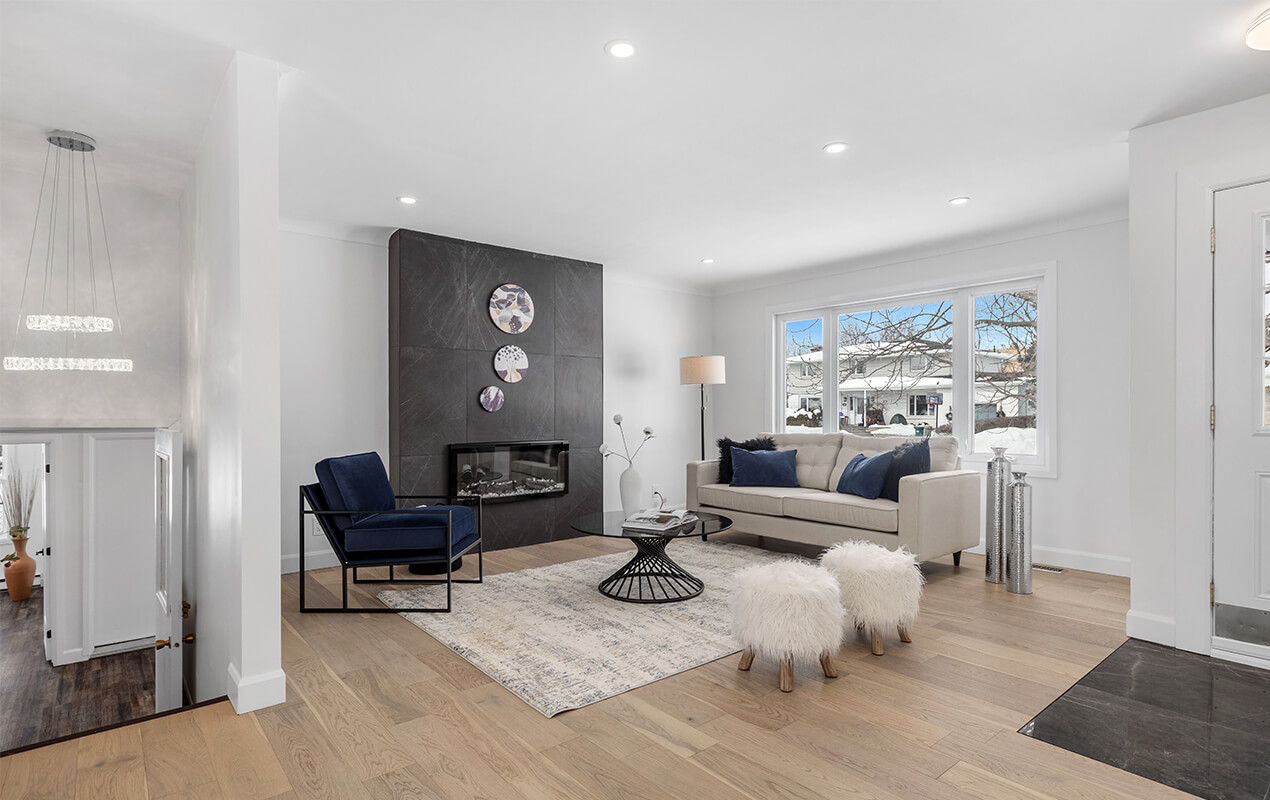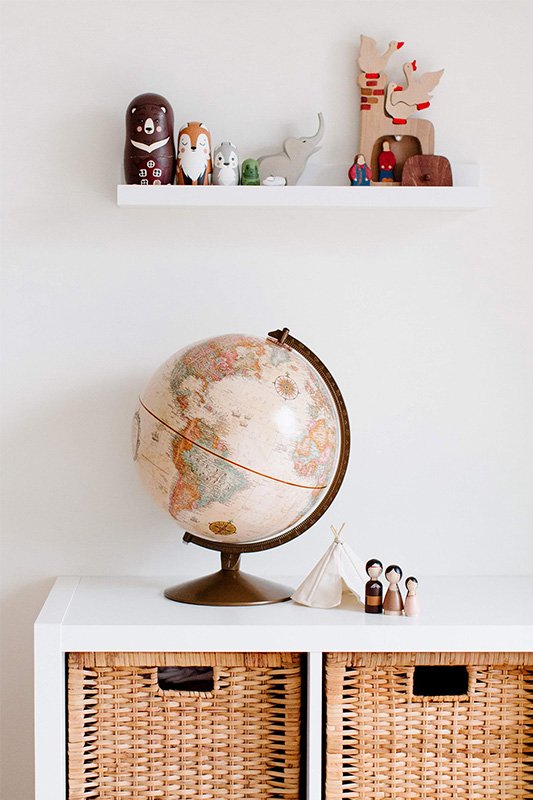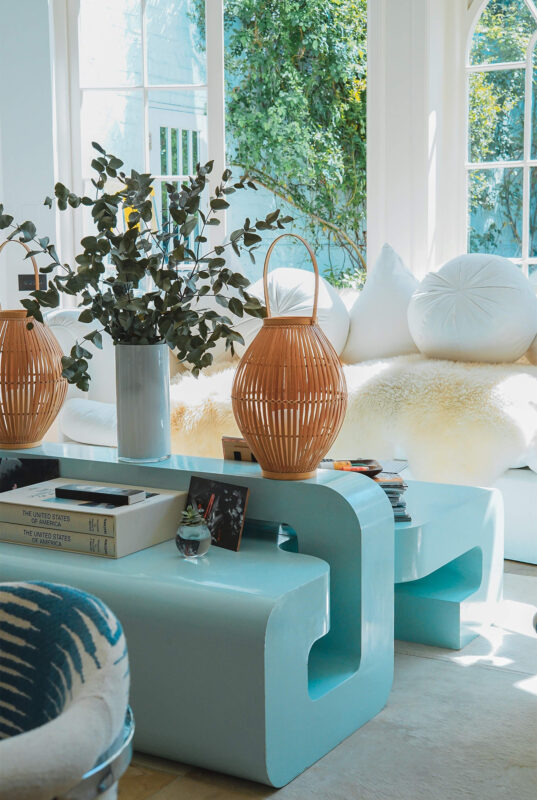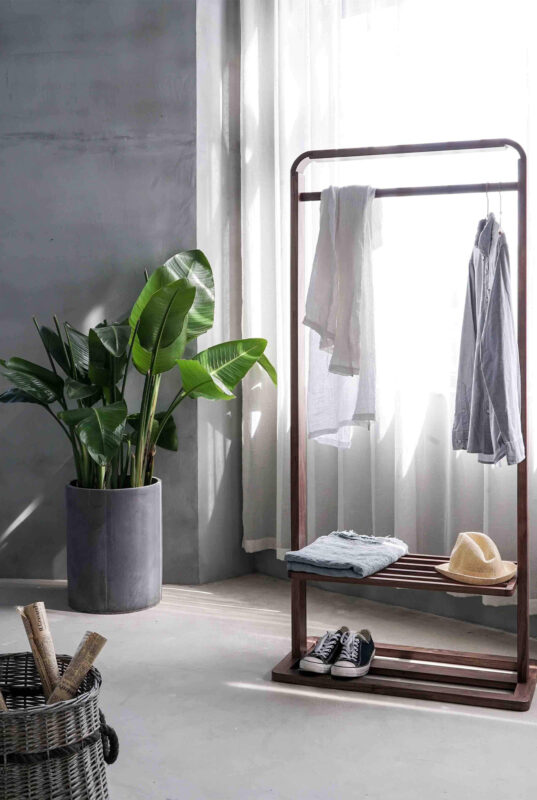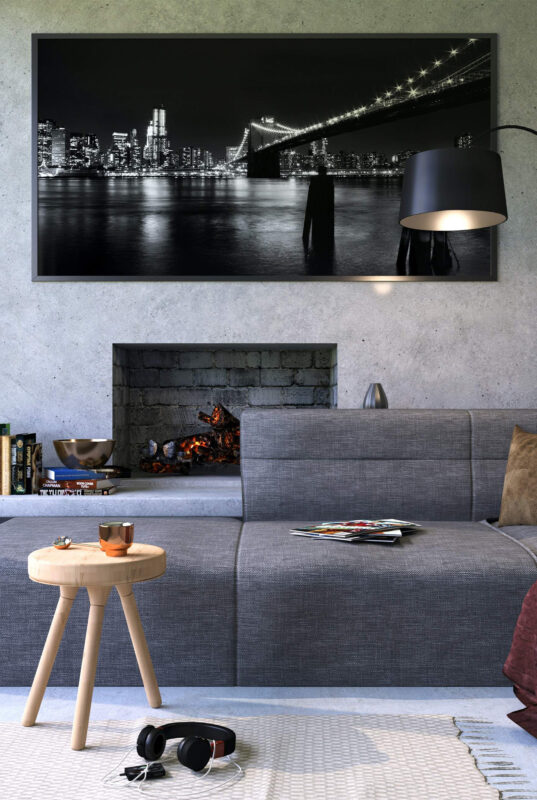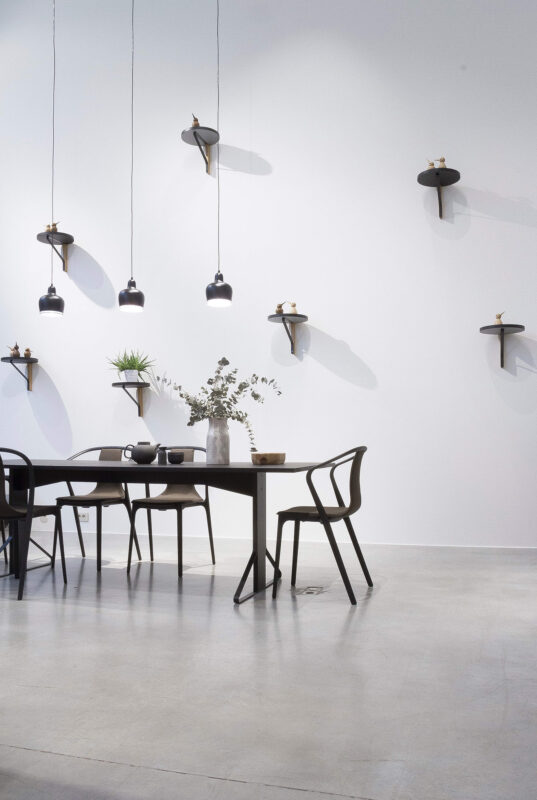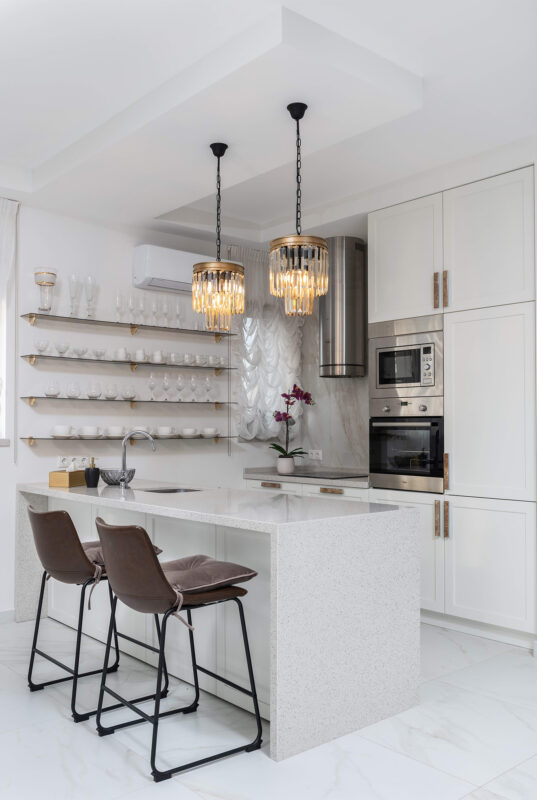How to Style a Minimalist Home Without Losing Warmth
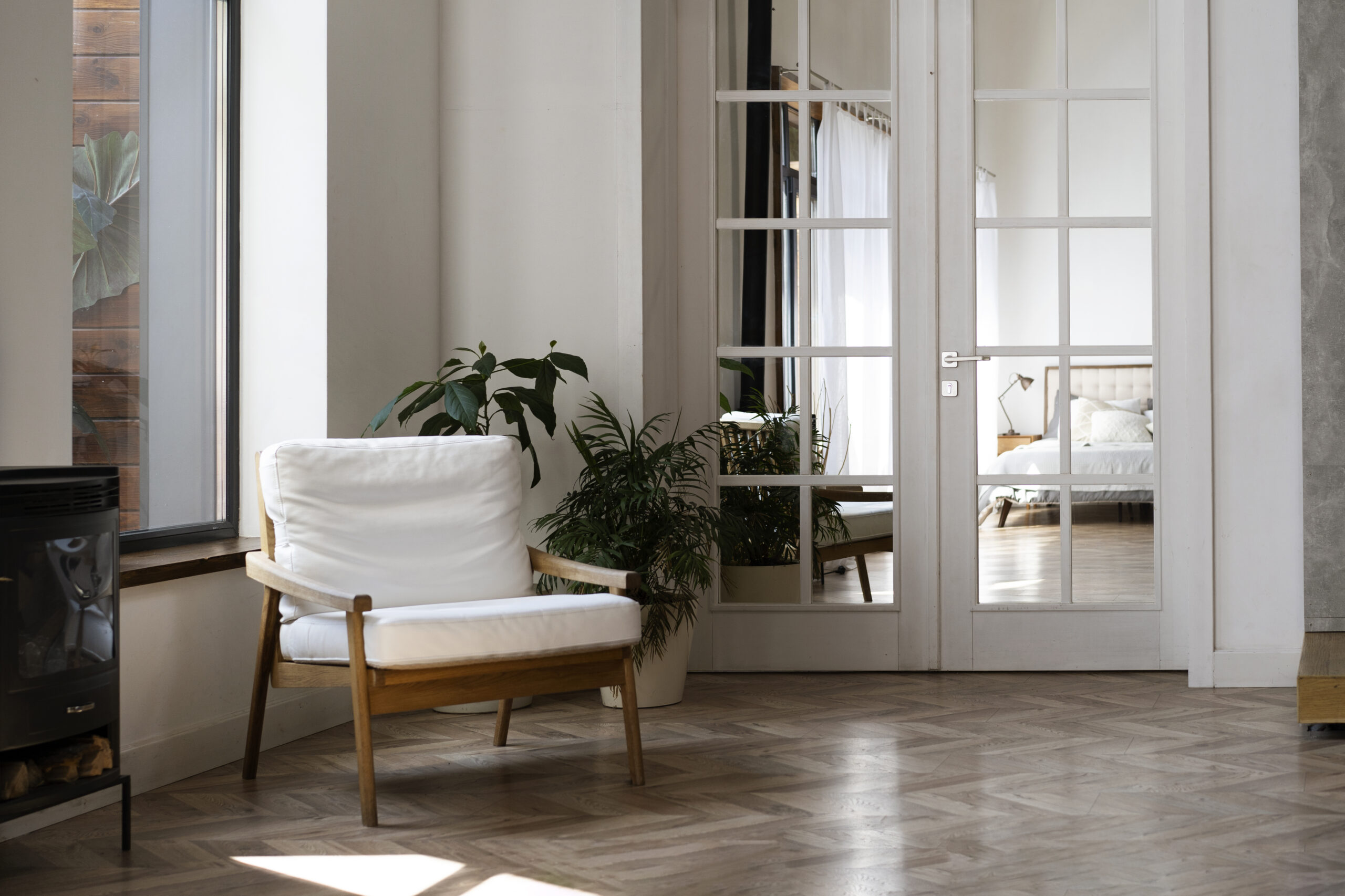
Minimalist spaces have a distinct charm. The style is effortlessly sophisticated, offering both visual appeal and a practical approach to living. But one common concern is that a minimalist home might feel cold or impersonal.
The good news? With the right design choices, your space can feel warm and inviting while staying true to the minimalist aesthetic. Thoughtful selections in home flooring, lighting, and furniture make all the difference in achieving a cosy yet clutter-free look.
Let’s explore how you can embrace minimalism while maintaining comfort and warmth.
Embrace warm colour palettes
A well-chosen colour palette is one of the easiest ways to create warmth in a minimalist space. Soft, earthy hues like muted yellows, warm taupes, and gentle terracottas complement minimalistic interiors without overwhelming them. These tones add subtle depth and comfort, ensuring the space feels inviting.
To maintain balance, introduce warm hues as accents rather than dominant colours. Consider adding warmth through décor, statement walls, or even your choice of flooring to enhance the overall ambience.
When selecting paint or décor, opt for matte finishes over high-gloss options, as softer textures can enhance warmth. If you prefer a more neutral base, layer in warmth through wooden tones, caramel-toned textiles, or gold and brass accents for a subtle yet impactful effect.
Add personality through hybrid flooring
In minimalist design, every element has a purpose—including your floors. Hybrid flooring is the perfect foundation for warmth and style. It’s versatile, durable, and designed to mimic the natural beauty of timber, bringing that cosy, organic feel to your space.
Opt for timber-look hybrid flooring in warm, natural tones to maximise its impact. The realistic wood grain patterns will introduce warmth while maintaining the sleek, refined aesthetic that minimalism is known for. Lighter oak tones can make a space feel open and airy, while deeper timber hues add richness and depth.
Another advantage of hybrid flooring is its comfort underfoot. The layered construction provides a smooth feel, making it softer and warmer than traditional flooring. This is particularly beneficial in bedrooms and living areas where comfort is key.
Texture is Your Friend
Another key element in warming up a minimalist home is texture. Layering different textures adds depth and interest without creating visual clutter. Soft textiles, natural fibres, and subtle patterns all contribute to a space that feels inviting.
A plush area rug can define a seating zone while adding comfort underfoot. Pair this with tactile elements like wool throws, linen curtains, or woven baskets to elevate the cosy factor. Minimalism doesn’t mean everything has to be smooth and sleek—texture is what makes a space feel lived-in and welcoming.
Incorporate a variety of finishes, such as matte ceramics, brushed metals, and raw wood, to prevent the space from feeling too uniform. The contrast between materials helps create visual interest while maintaining a clean aesthetic.
Lighting Makes all the Difference
Lighting plays a crucial role in setting the mood of a space. Warm, layered lighting creates an inviting atmosphere, while natural light enhances openness and airiness.
Soft, adjustable LED lights allow for seamless transitions between tasks and relaxation, while warm-toned bulbs instantly make a room feel more welcoming. Strategic lighting placement also helps highlight key areas, adding depth and personality to a minimalist space.
Also Read: Trending Cabinet Pulls That Every Home Needs!
Creating Focal Points With Lighting
Beyond functionality, lighting can serve as a design feature. Well-placed lighting fixtures draw attention to specific areas, creating a sense of structure within a minimalist room.
Pendant lights over dining tables add warmth and intimacy to shared spaces while floor lamps in reading nooks create a cosy retreat. Table lamps and wall sconces can enhance ambiance without overwhelming the room, striking the perfect balance between style and practicality.
Consider layering different types of lighting—ambient, task, and accent—to create a dynamic space that feels both functional and inviting. Dimmer switches are also a great addition, allowing you to adjust brightness levels to suit different times of day and moods.
Furniture That Feels Inviting
Minimalist furniture doesn’t have to be rigid or uncomfortable. Choosing natural materials and soft silhouettes can make all the difference.
Opt for furniture with gentle curves and plush upholstery to balance minimalism with comfort. A soft storage ottoman that doubles as seating or a sleek yet cosy lounge with textured cushions can enhance the welcoming feel. Mirrored cabinets with warm wooden frames conceal clutter and reflect light, making a space feel brighter, larger, and more inviting.
Select furniture with integrated storage solutions to maintain the streamlined aesthetic of minimalism. Beds with built-in drawers, nesting coffee tables, and wall-mounted shelving can help keep your space tidy while ensuring every piece serves a purpose.
Bringing minimalist home is all about balance. By incorporating natural materials, layered textures, and a considered colour palette, you can create a space that feels both stylish and comfortable.
Minimalism isn’t about letting go of warmth or personality—it’s about curating a home that reflects your style while keeping things simple and functional. With the right approach, you can achieve a minimalist aesthetic that feels just as inviting as it looks. Visit Decasa Collections for inspiration and practical tips.

